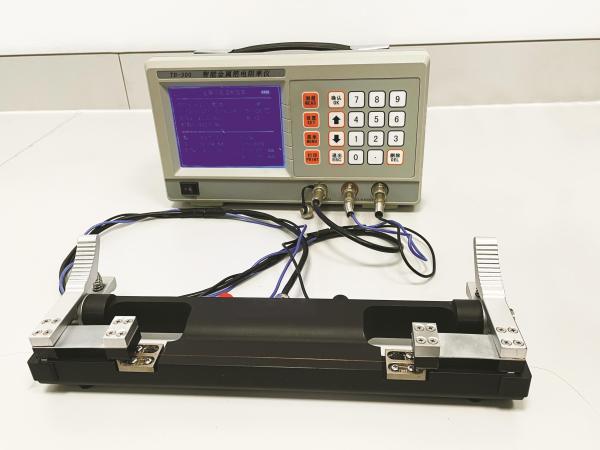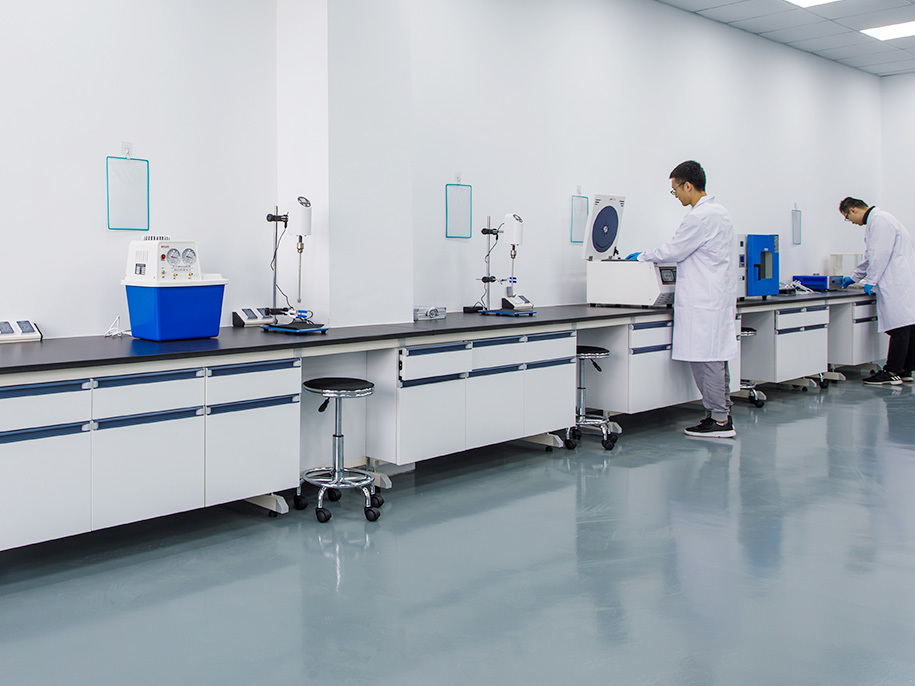Graphene-Copper Alloys: Revolutionizing Modern Technology and AI Applications
Introduction
Graphene-copper (Gr-Cu) alloys have emerged as a groundbreaking advancement in materials science, combining the unparalleled properties of graphene with the high electrical and thermal conductivity of copper. As industries increasingly seek materials that enhance performance while reducing energy consumption, graphene-copper alloys have gained attention across multiple sectors, including modern electronics, artificial intelligence (AI), telecommunications, and energy storage. This article explores the properties, advantages, and various applications of graphene-copper alloys in modern technology, with a particular focus on their role in AI-driven advancements.

Properties of Graphene-Copper Alloys
1. Enhanced Electrical Conductivity
Graphene is known for its extraordinary electrical conductivity, and when combined with copper, it significantly enhances the metal’s ability to conduct electricity with reduced resistance. Studies have shown that graphene-copper composites can achieve over 111% IACS (International Annealed Copper Standard) conductivity, making them ideal for next-generation electronic components.
2. Superior Thermal Conductivity
Thermal management is a critical challenge in AI hardware, especially in data centers and high-performance computing (HPC) environments. Graphene’s exceptional heat dissipation properties help to reduce hot spots in electronic circuits, extending the lifespan and efficiency of AI-driven processors and high-speed networking devices.
3. Increased Mechanical Strength
Copper’s inherent softness and susceptibility to wear can be mitigated by adding graphene. Graphene reinforces the copper matrix, improving mechanical strength and wear resistance while maintaining flexibility, a crucial factor in flexible electronics and wearable AI technologies.
4. Corrosion Resistance
In industrial applications, particularly in harsh environments, materials must resist oxidation and degradation. Graphene-copper alloys exhibit improved corrosion resistance, making them suitable for long-term AI-based infrastructure deployments, including smart grids and autonomous vehicles.
Applications in Modern Technology
1. High-Performance AI Hardware
AI accelerators, such as GPUs, TPUs, and neuromorphic chips, require high-speed data processing and efficient thermal management. Graphene-copper interconnects and heat spreaders enhance chip performance, reduce energy loss, and improve computational efficiency, addressing the ever-growing demand for AI-powered computing.
2. Telecommunications and 5G/6G Networks
The next generation of wireless communication, including 5G and upcoming 6G technologies, demands ultra-high-speed data transmission. Graphene-copper conductors in radio frequency (RF) circuits and antennas improve signal integrity, reduce energy loss, and enable more efficient power distribution for AI-driven telecommunications.
3. Flexible and Wearable AI Electronics
The rise of AI-powered smart wearables, such as augmented reality (AR) glasses, health monitoring devices, and intelligent textiles, necessitates materials that are both flexible and highly conductive. Graphene-copper composites ensure robust, lightweight, and durable components that enhance user experience and device longevity.
4. Energy Storage and Smart Grids
AI-powered smart grids and battery technologies require materials that facilitate efficient energy transfer. Graphene-copper electrodes in lithium-ion and solid-state batteries enhance energy density, improve charge-discharge cycles, and contribute to sustainable energy solutions.
Challenges and Future Prospects
Despite its promising advantages, graphene-copper alloy production faces challenges, including scalability, cost, and manufacturing consistency. Current research focuses on optimizing synthesis methods, such as chemical vapor deposition (CVD) and powder metallurgy, to achieve large-scale industrial adoption. Additionally, AI-driven material discovery and computational modeling are accelerating the development of advanced graphene-metal composites.
Conclusion
Graphene-copper alloys are poised to revolutionize modern technology, particularly in AI applications where enhanced conductivity, thermal efficiency, and durability are crucial. As research and manufacturing techniques advance, these materials will become increasingly integral to high-performance computing, telecommunications, energy storage, and next-generation electronics. With industries striving for more efficient and sustainable solutions, graphene-copper alloys stand at the forefront of material innovation, paving the way for a smarter, more connected future.

